Our never-ending interest in magic and the occult, from Elizabethan England to Donald Trump's presidency
As Haddon Hall’s rooms, complete with historic witches' marks, are transformed into exhibits that explore witchcraft and evil spirits, Lotte Brundle explores our continued fascination with the supernatural.
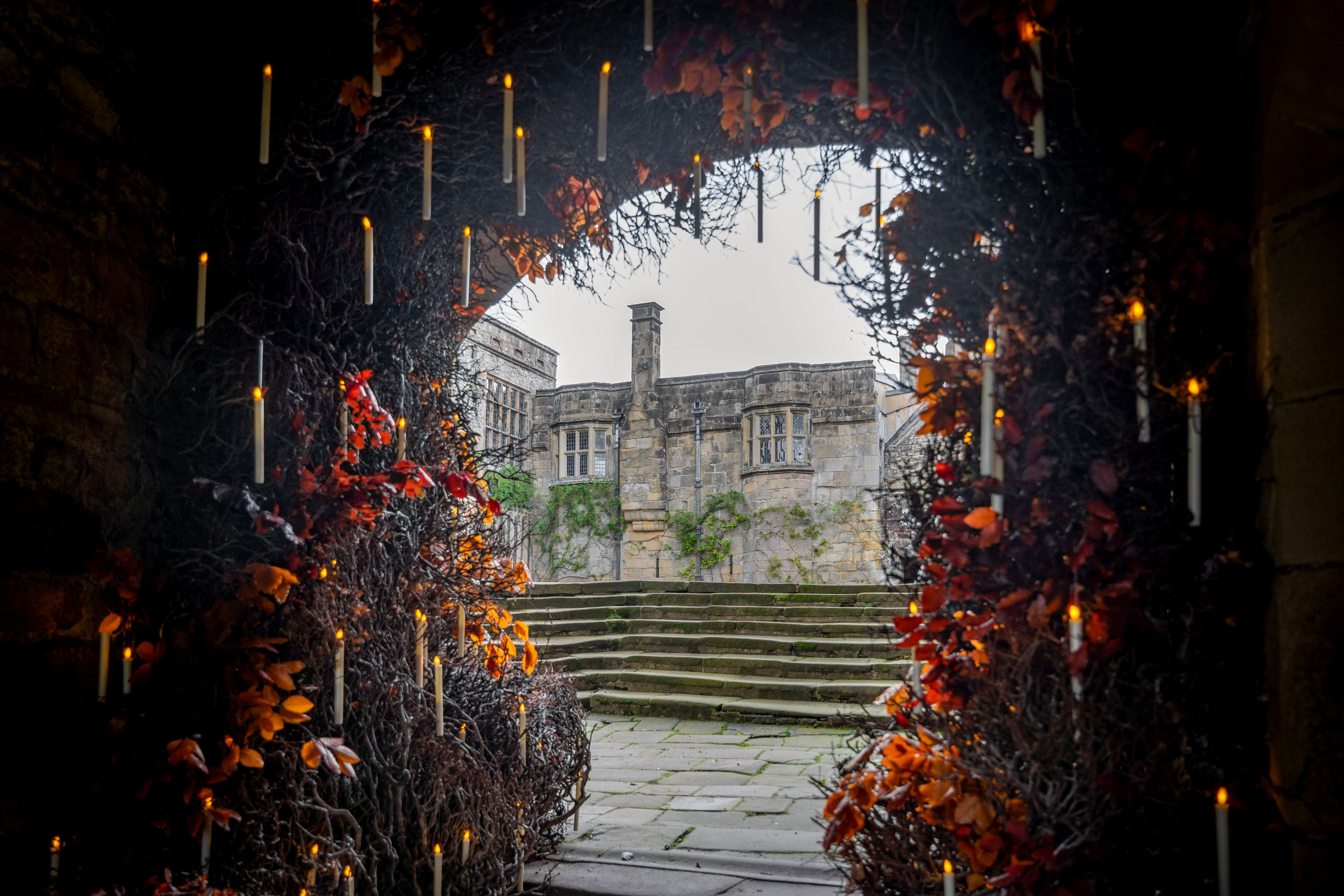

At the University of Exeter, one classroom is fuller than others. 'It's attracted all sorts of different people,' says Dr Tabitha Stanmore of the university’s MA in Magic and Occult Science, which she convened a module for last year. She lists practising magicians, self-identifying witches and neuroscientists as a sample of those enrolled. With 45 students, it is one of Exeter's largest MA programmes, and it is launching a PhD programme next year.
A masters in magic from Exeter is just one example of our ongoing obsession with the occult.
Dr Charlotte Millar, a senior lecturer who specialises in witchcraft and the supernatural at the University of Melbourne, says this is because our innate tendencies, when it comes to rituals and beliefs, have remained consistent. She describes an exhibition she saw in Oxford a few years ago about magic, which had a ladder set up at the entrance. Visitors were given the choice between walking underneath or taking the long way round and avoiding the ladder. Most people took the longer route, a sign — she says — that traditional superstitions have long outlived our ancestors.
‘In recent years, the way in which young people are engaging with magic has changed a bit,’ Charlotte says, referencing its continued popularity in pop culture (the 'tarot' hashtag has more than 16 million posts on TikTok). A new Harry Potter series, developed for HBO, is now in production, as is a remake of Buffy the Vampire Slayer, for Hulu. And, who can forget the biggest film of last year (and maybe of this one too) — the two-part adaptation of musical Wicked? A magic wand has also been waved over the luxury fashion world with Dior's recent collection of lucky charm accessories and in-store tarot readings.
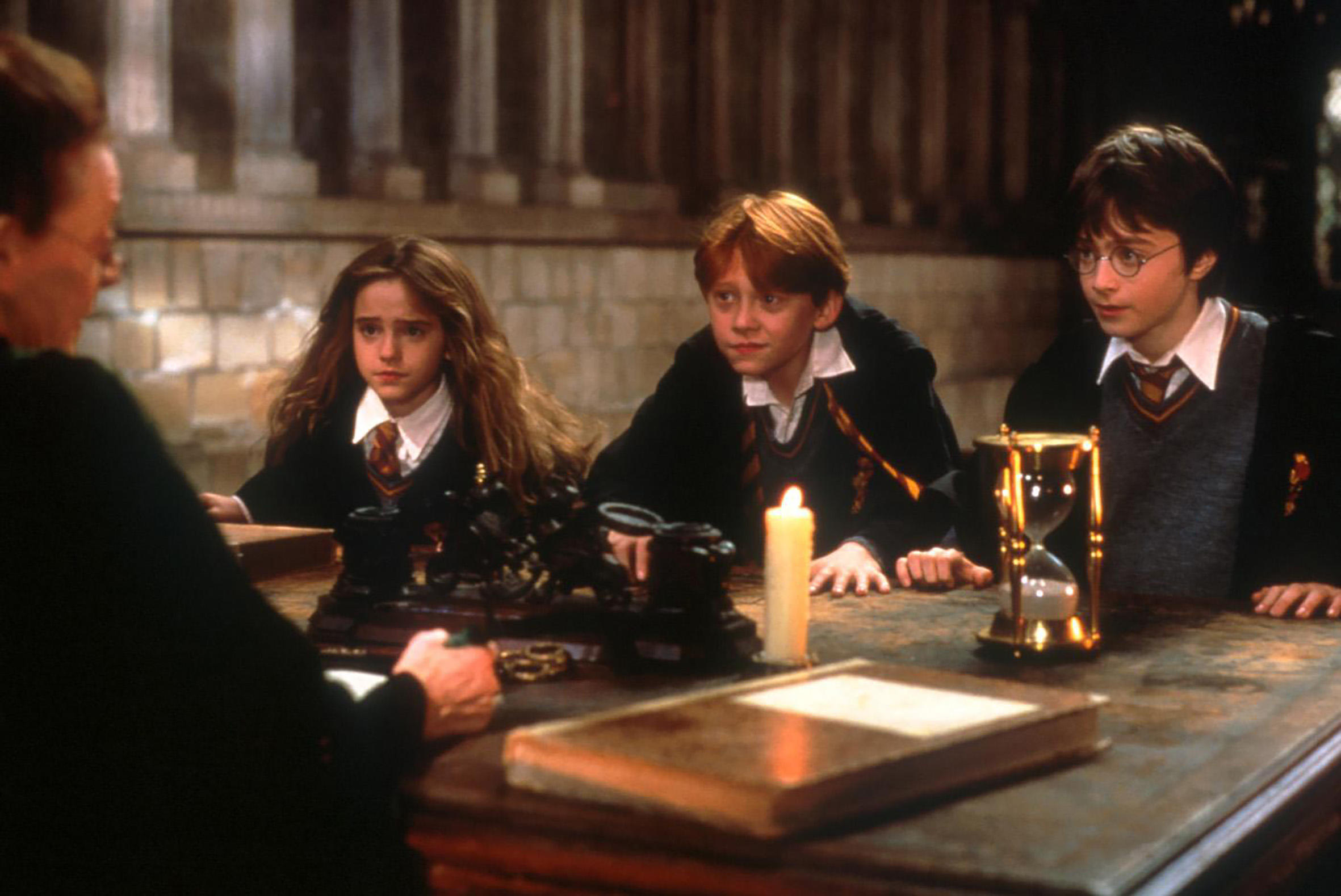
Emma Watson, Rupert Grint and Daniel Radcliffe as Hermione, Ron and Harry in 'Harry Potter and the Philosopher's Stone' (2001).
‘In recent years, with the vitriolic misogyny we're seeing more of in politics, a lot of people are linking that with witches quite strongly online, particularly young women,’ Charlotte says. Throughout USA's President Donald Trump's first election campaign, his opponent, former Secretary of State Hillary Clinton, was repeatedly branded a witch. At the same time, Donald insisted that allegations of collusion with Russia were a ‘witch hunt’.
‘There were a lot of people online who were trying to engage with magic rituals and perform magic against people like Donald Trump,’ says Charlotte. Etsy, the global online marketplace, does a roaring trade in hexes (on people's ex-boyfriends, as well as Donald) and more benign spells. Charlotte does not know if participants necessarily believe in the magic of the rituals they are practising, or ordering; for many it is more about taking labels used against women (‘witch’) and reclaiming their power.
Magic is 'personal' and 'gives you an understanding of people's innermost desires' says Dr Tabitha Stanmore, also the author of Cunning Folk: Life in the Era of Practical Magic. ‘During times of uncertainty, people do tend to have more magical thinking in their lives. Obviously there's a lot of things that are very uncertain in our current world, and so exploring why things are the way they are and looking for alternative explanations or ones that seem to fit better with people's experiences is quite a big draw of magic.’
Exquisite houses, the beauty of Nature, and how to get the most from your life, straight to your inbox.
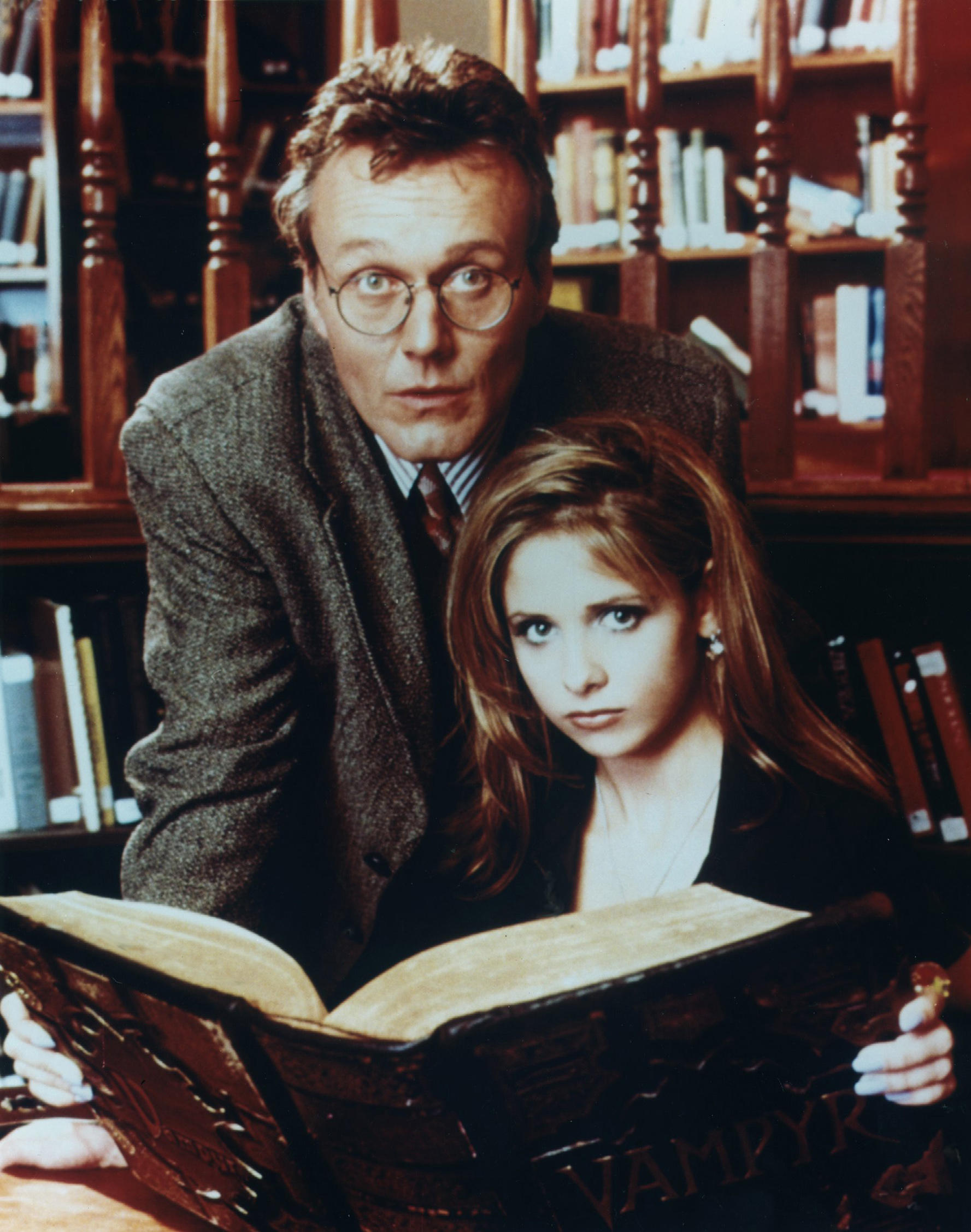
Anthony Head and Sarah Michelle Gellar in 'Buffy the Vampire Slayer' (1996).
At Haddon Hall, a 'famously unspoilt' 11th century stately home near Bakewell, Derbyshire, an exhibition (until October 31) explores the magical folklore, rituals, fears and superstitions that were an everyday part of life in the second half of the 16th century — when uncertainty was rife. (Tabitha was one of the people consulted.)
Margie Burnet, a Haddon Hall archivist, says she hopes that ‘Magic: Charms, Rituals and Superstition in Elizabethan England’ will encourage visitors of all ages with an interest in the subject: ‘Now everything else is so clear — with the internet — and everything is so fast and visible. Margie remembers a time when you couldn't get everything you wanted — including answers — at the click of a button. 'It's not something they [younger generations] will have encountered much before.'
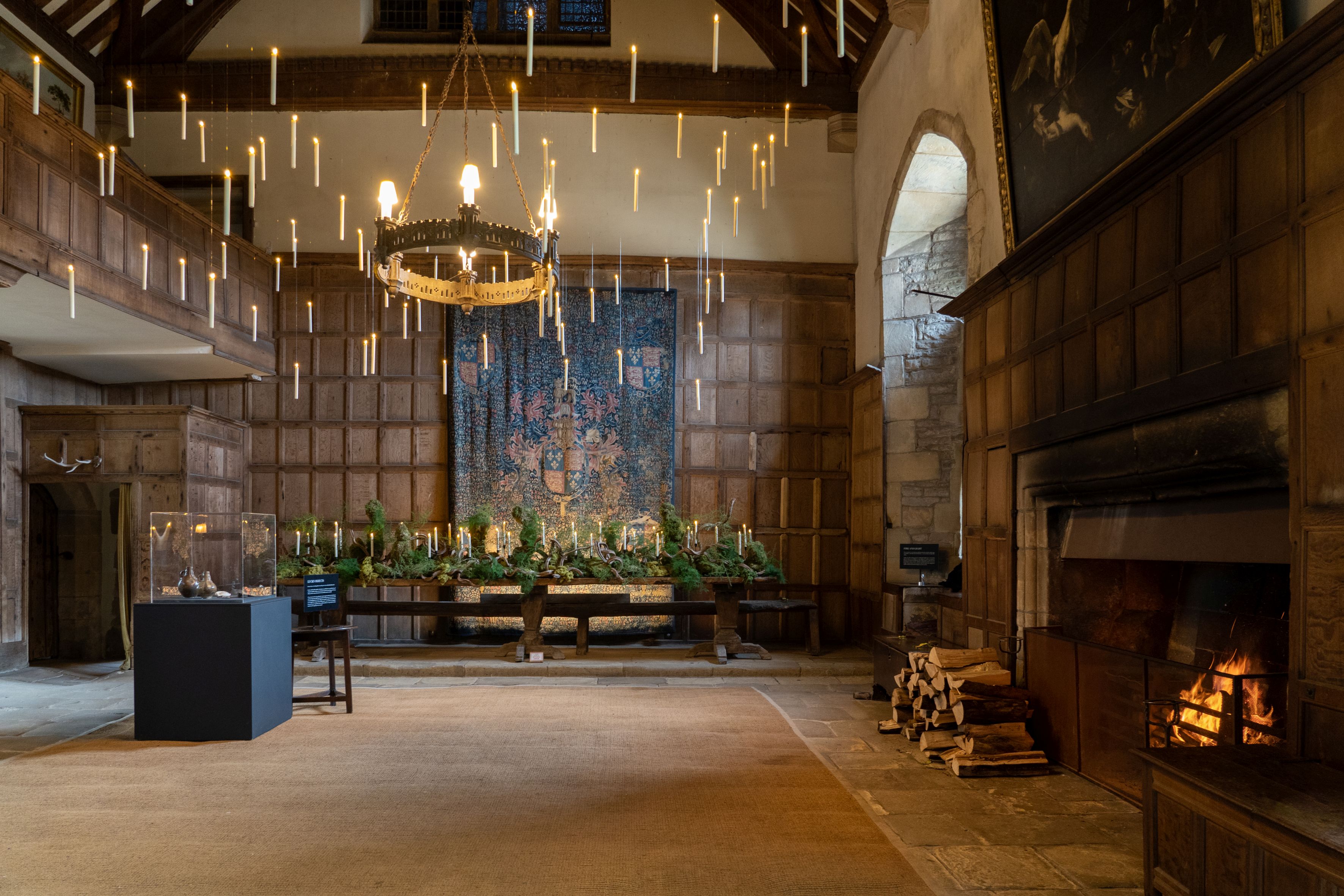
The Banqueting Hall at Haddon, decked out for the exhibition.
During the reign of Elizabeth I, magic was a very real and prevalent part of the human experience. Superstition reigned supreme and the fear of witches and the devil tipped into the extreme. Haddon Hall, with its unspoilt medieval, Tudor and Elizabethan rooms, is the perfect setting for an exploration of these themes. Especially its Long Gallery, a haunting expanse of a room where the exhibition's 'witchcraft' portion plays out. When I step inside, a chill descends over me. This part of Haddon is the most beautiful, yes, but also the most unnerving. The seemingly never ending narrow hall feels foreboding. Like walking down its floorboards alone could be a terrible mistake.
‘I can tell you at night when you are here on your own at the end of the day and you're locking things up, there is something about it — there really is,’ Margie says, trying to reach for the right words to describe the eerie feeling creeping down the back of my neck. ‘One of my colleagues was locking up in here and he heard a voice behind him saying something, and he knew he was alone. After all, 900 years… there must be some spirits.'
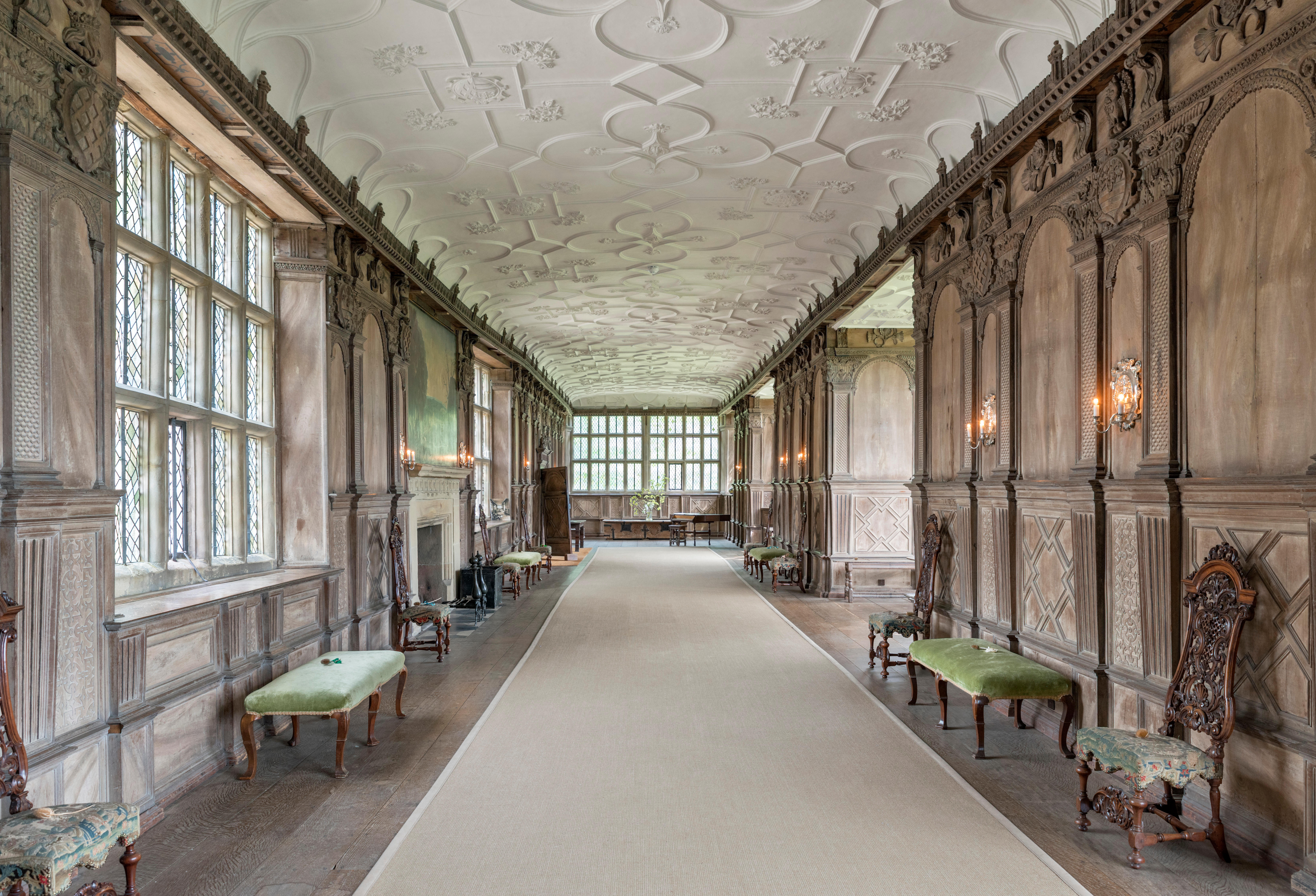
Haddon Hall's Long Gallery — safer in the daylight.
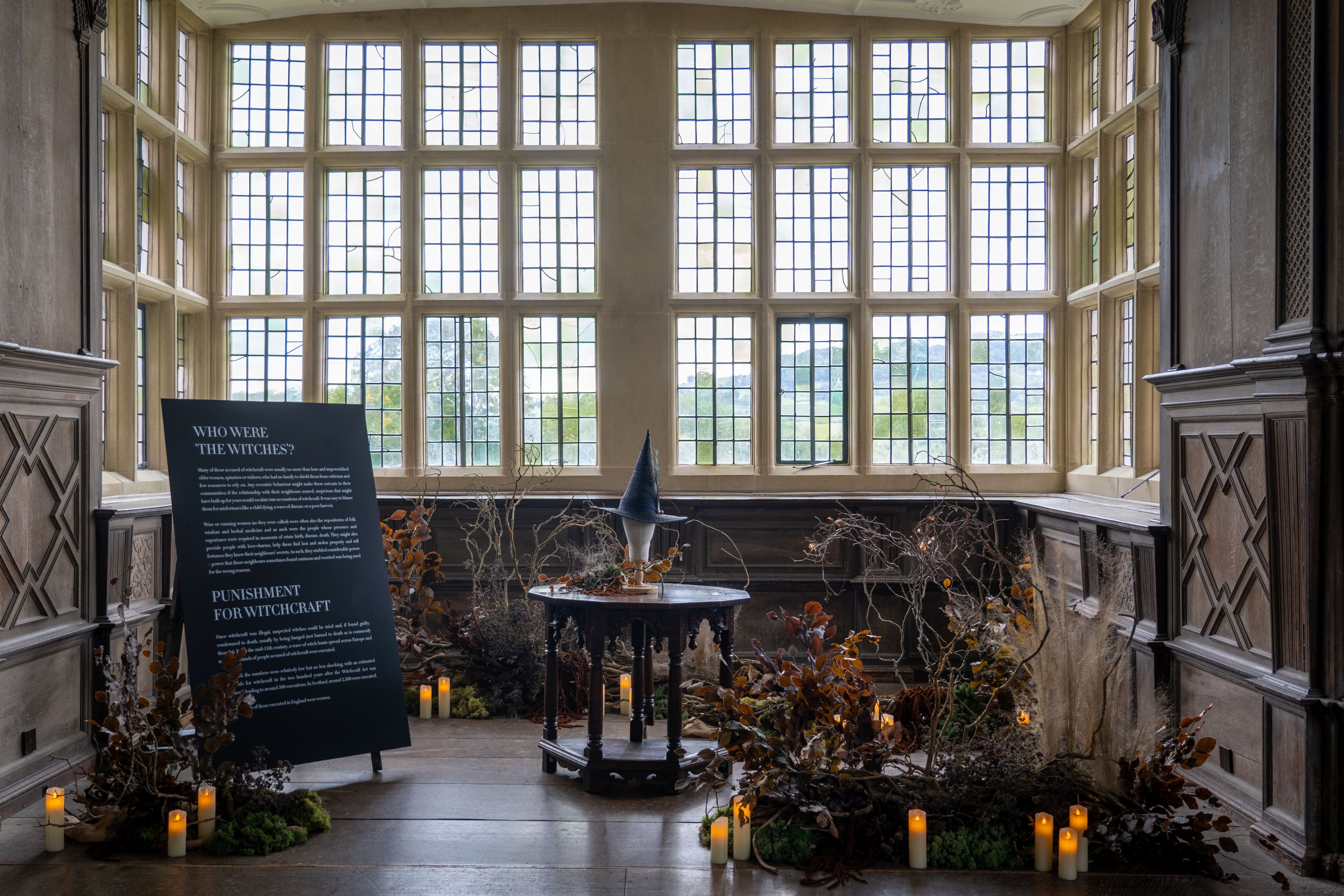
The folklore around witches is explored in the exhibition.
The exhibition also includes a section on superstition, located in the lower courtyard; one on the folklore of fruit, in the kitchens; one on the magic found in Nature, in the building’s parlour; one dedicated to herbs and potions, in the state bedroom; and, finally, to familiars and magical animals, in the Orange Chamber. Then there is ‘Haddon’s Chamber of Curiosities’ — a selection of items discovered by Haddon’s incumbents past and present, including a centuries-old human skull and a rather macabre medieval mouse trap.
However, the most impressive room is the one that centres around protection. The talismans on display include a a lucky coin, discovered inside the steps leading up to the Long Gallery, and shoes found hiding sequestered in walls — thought to have been deliberately placed there in hopes of warding off the devil.
The most intriguing of these curios are Haddon’s witches’ marks, once carved into wood or stone entranceways to ward off witches and evil spirits. The most pronounced mark in the building is a circle with a flower inside, known as a Daisy Wheel. This is carved into the entrance to Haddon’s kitchen. Some believe the circle symbolises the warmth of the sun, and the petals a net — like the ones in the centre of a dream catcher — to catch evil presences. Inside the kitchens, there are numerous scorch marks on the walls, distinct from those caused by candles burning down. The marks are about the size of my hand and were made purposefully. When, and by whom, the staff of Haddon do not know, but the aim, they believe, was to fight hellfire with fire.
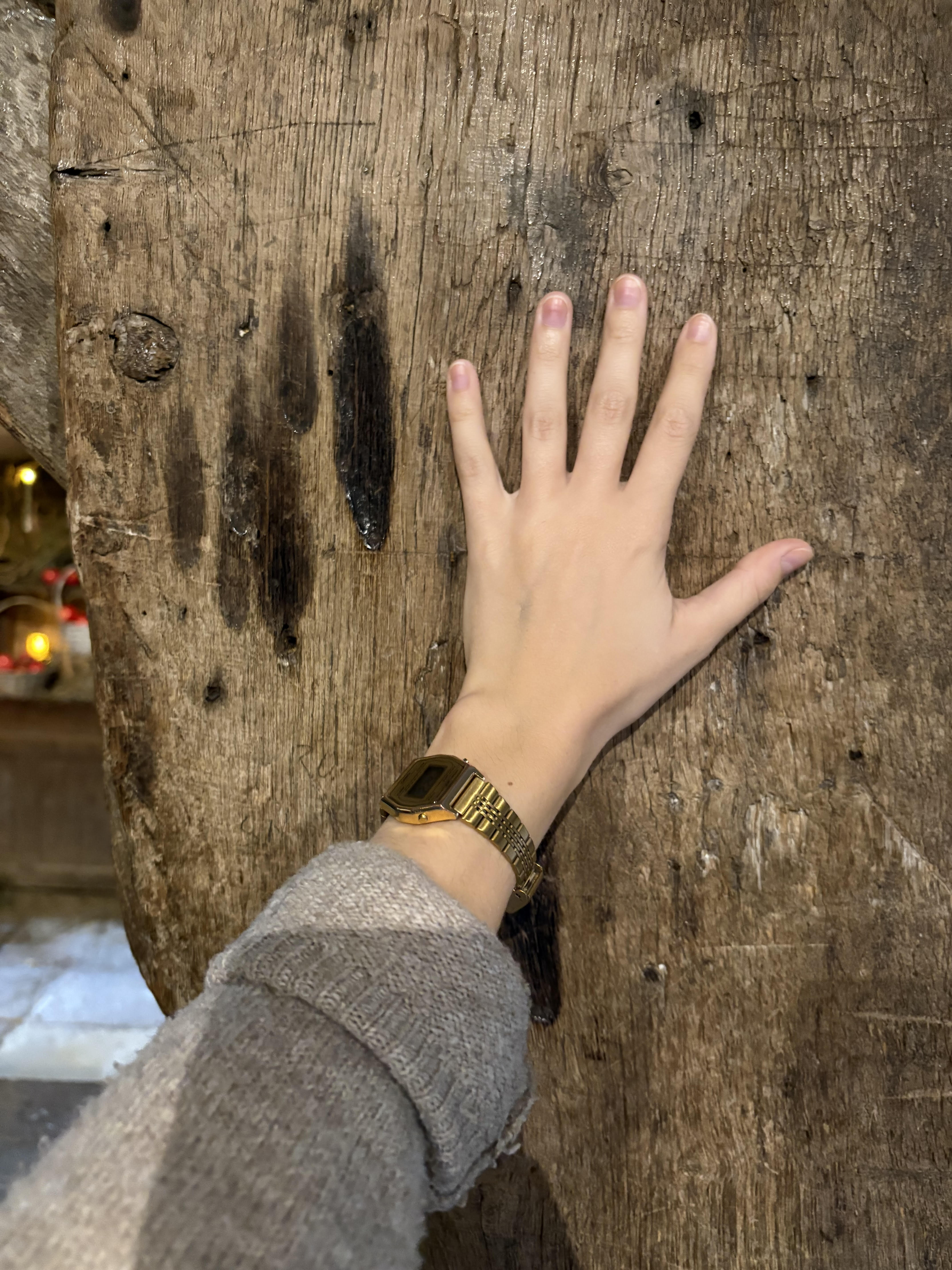
Scorch marks in the kitchens at Haddon Hall.
‘The inspiration behind this exhibition was Haddon, because obviously it's a very magical place. It's one of those places that kind of has a special atmosphere about it,' says Kate Chappell, the exhibition's curator. ‘We really wanted to centre in on that idea that whatever you might think of magic, or whatever you believe — and whatever they may have believed at the time — the fear was very real, as we can see by all the kind of witch marks — things that they would use to protect them from things they weren't sure about.’
As I am wandering through the exhibition, a door suddenly slams shut. It could very easily be the wind, which is picking up speed outside, but given everything I've just seen, I cannot be sure.
Lotte is Country Life's digital writer. Before joining in 2025, she was checking commas and writing news headlines for The Times and The Sunday Times as a sub-editor. She has written for The Times, New Statesman, The Fence and Spectator World. She pens Country Life Online's arts and culture interview series, Consuming Passions.
-
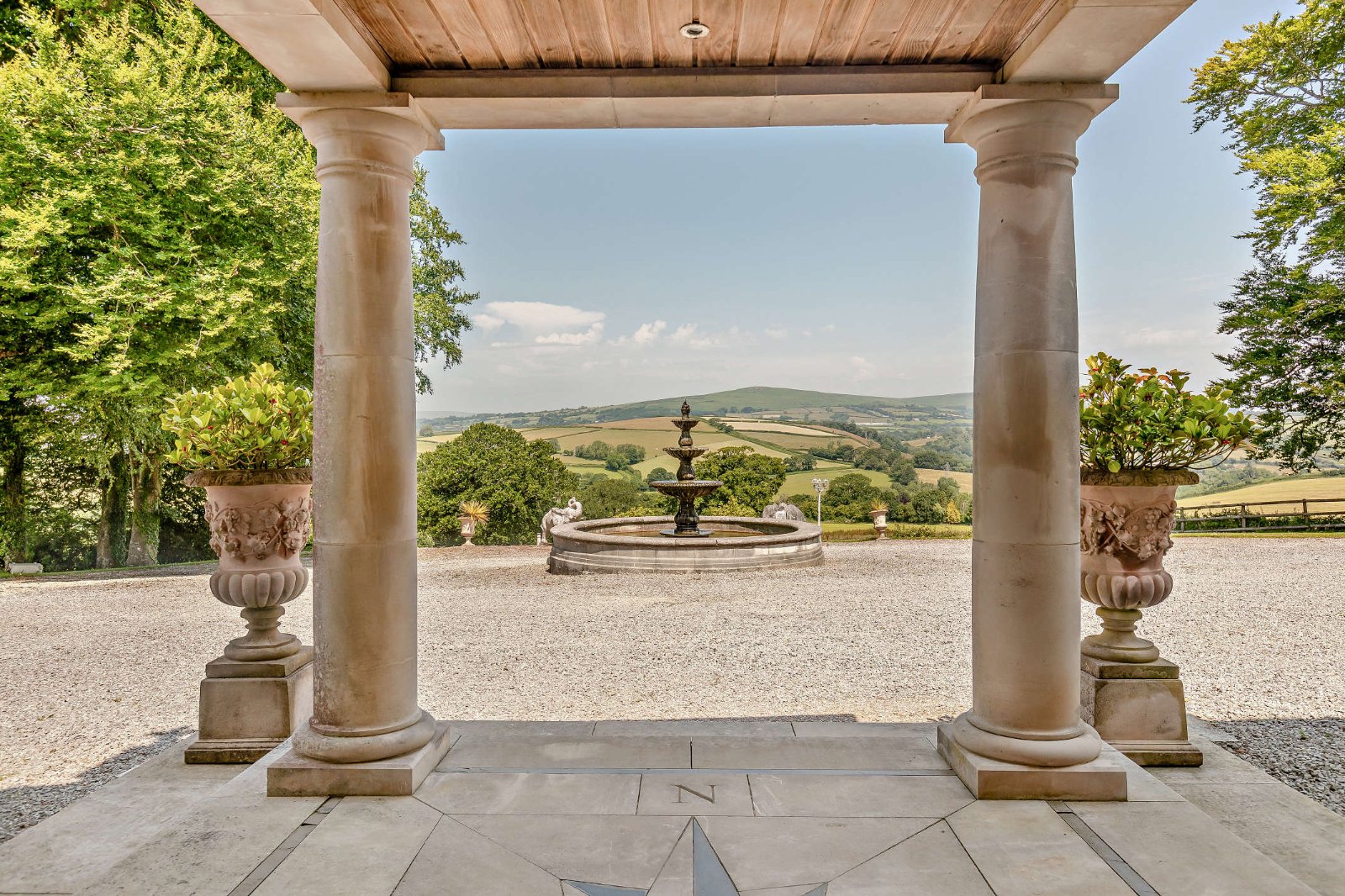 18 country houses across Britain, from £400,000 to £4 million, as seen in Country Life
18 country houses across Britain, from £400,000 to £4 million, as seen in Country LifeOur look at the homes to come to the market via Country Life this week picks out a charming Kent cottage and an Arts and Crafts house in Leicestershire.
-
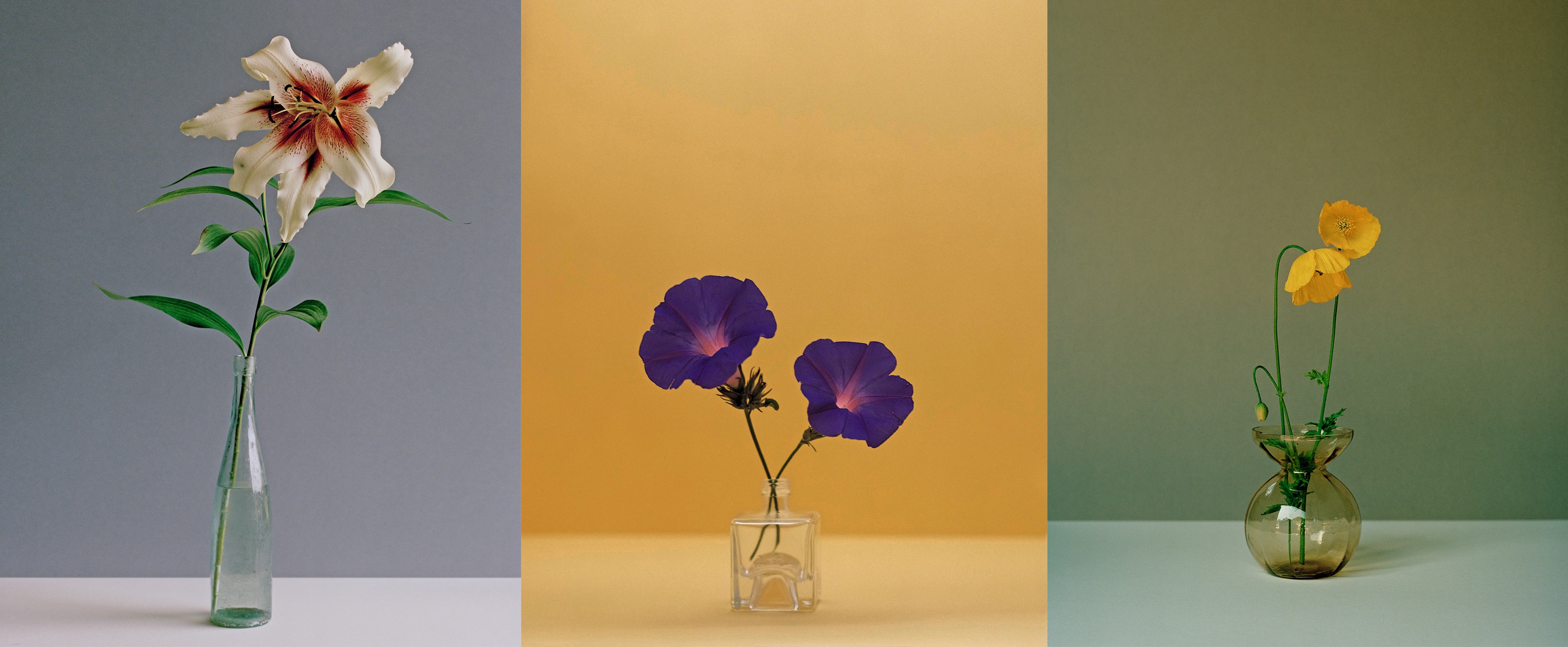 The greatest flowers make the greatest art
The greatest flowers make the greatest artA search for still-life subjects led Kate Friend to some of the greatest gardens and gardeners in the country
-
 Suit yourself: I’m a 49 year-old man-about-town and I’ve never owned a suit
Suit yourself: I’m a 49 year-old man-about-town and I’ve never owned a suitWhen Hugh Smithson-Wright turned up to Country Life's annual Gentleman's Life party sans suit, it sparked a passionate conversation about why the formal fashion just isn't for everyone.
-
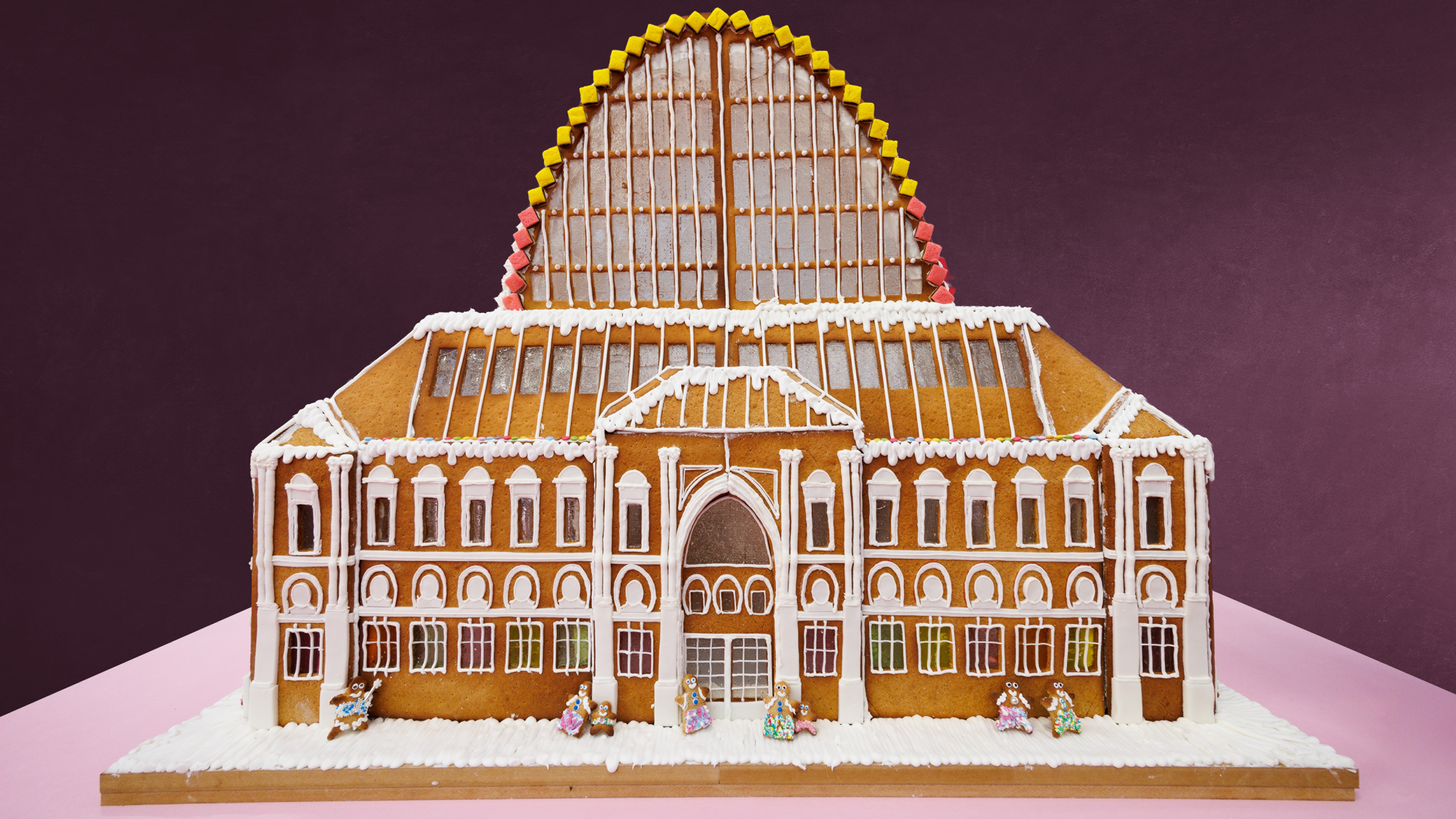 Sweet civilisation: What do you get when you ask architects to compete in a gingerbread competition?
Sweet civilisation: What do you get when you ask architects to compete in a gingerbread competition?The Gingerbread City is back in London’s Kings Cross. Lotte Brundle pays it a visit.
-
 Sophia Money-Coutts: A snob's guide to meeting your in-laws for the first time
Sophia Money-Coutts: A snob's guide to meeting your in-laws for the first timeThere's little more daunting than meeting your (future) in-laws for the first time. Here's how to make the right kind of impression.
-
 This machine is what happens when the Rolls-Royce of motorbikes and the most innovative of watchmakers join forces
This machine is what happens when the Rolls-Royce of motorbikes and the most innovative of watchmakers join forcesBrough Superior and Richard Mille, two brands renowned for perfection, have created something that is exactly that.
-
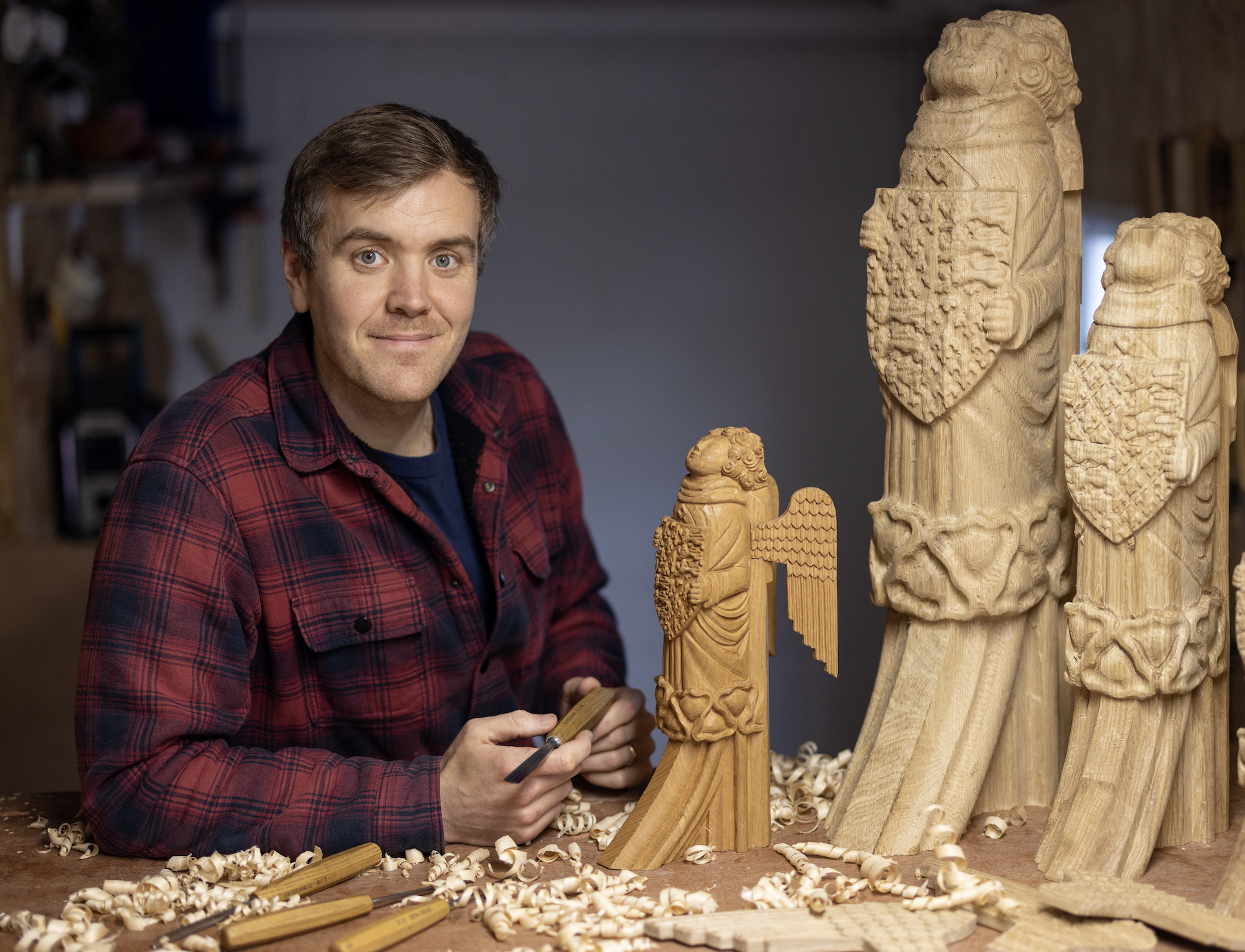 ‘Each one is different depending on what mood I’m in, how I'm feeling and how my energy is’ — meet the carver behind Westminster Hall's angel statues
‘Each one is different depending on what mood I’m in, how I'm feeling and how my energy is’ — meet the carver behind Westminster Hall's angel statuesBespoke woodcarver William Barsley makes unique scale replicas of the angels that gaze over Westminster Hall, the oldest part of the palace of Westminster.
-
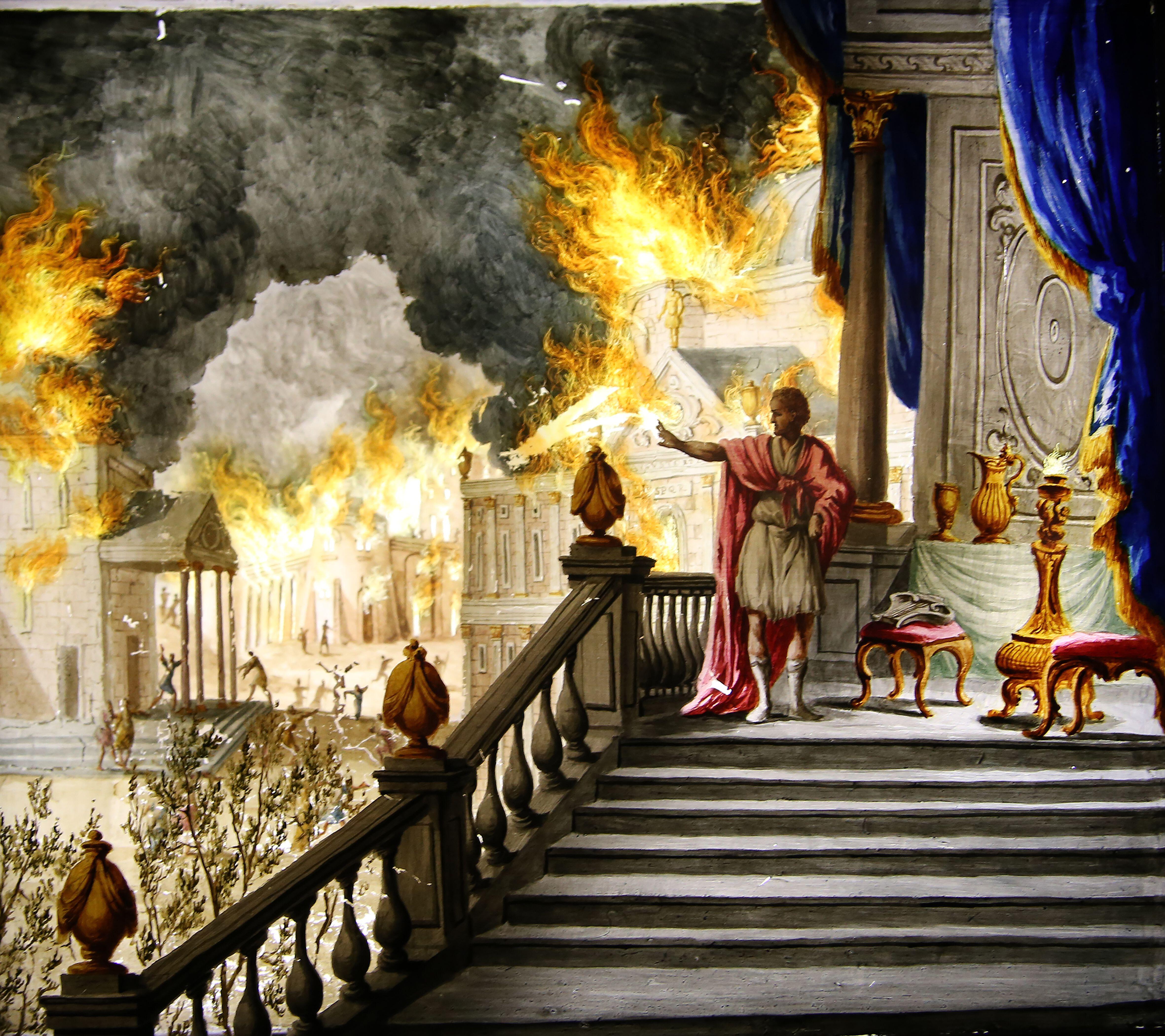 What is everyone talking about this week: Thanks to modern-day technology, people were far happier in the days when Nero was setting Rome ablaze
What is everyone talking about this week: Thanks to modern-day technology, people were far happier in the days when Nero was setting Rome ablazeWas the ancient world's superior happiness down to its ‘superior production of art’?
-
 A slick looking off-roader that's a far cry from its rustic rural roots — Volvo EX30 Cross Country
A slick looking off-roader that's a far cry from its rustic rural roots — Volvo EX30 Cross CountryThe latest iteration of Volvo's Cross Country is flashy, fast and stylish. But is that what a Volvo Cross Country is supposed to be?
-
 ‘I cannot bring myself to believe that Emily Brontë would be turning over in her grave at the idea of Jacob Elordi tightening breathless Barbie’s corset’: In defence of radical adaptations
‘I cannot bring myself to believe that Emily Brontë would be turning over in her grave at the idea of Jacob Elordi tightening breathless Barbie’s corset’: In defence of radical adaptationsA trailer for the upcoming adaptation of 'Wuthering Heights' has left half of Britain clutching their pearls. What's the fuss, questions Laura Kay, who argues in defence of radical adaptations of classic literature.
